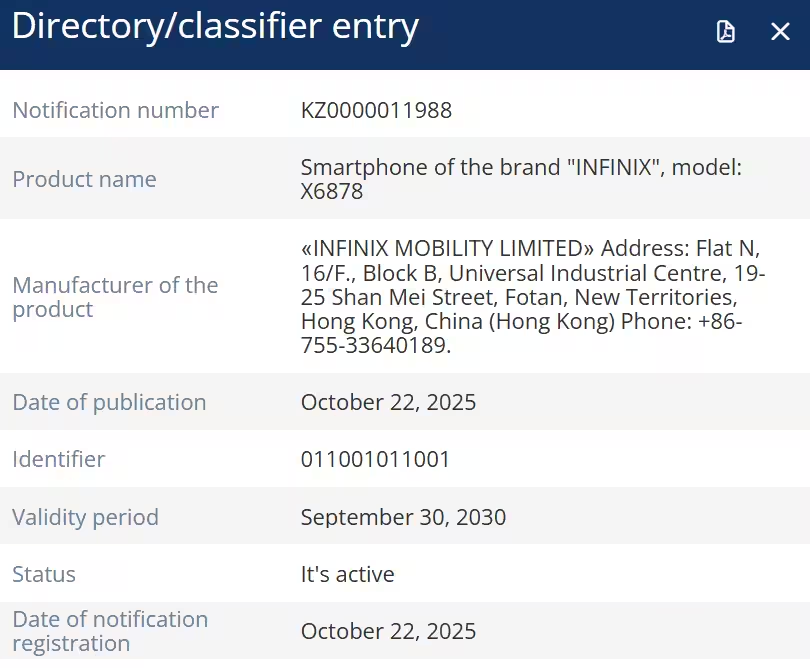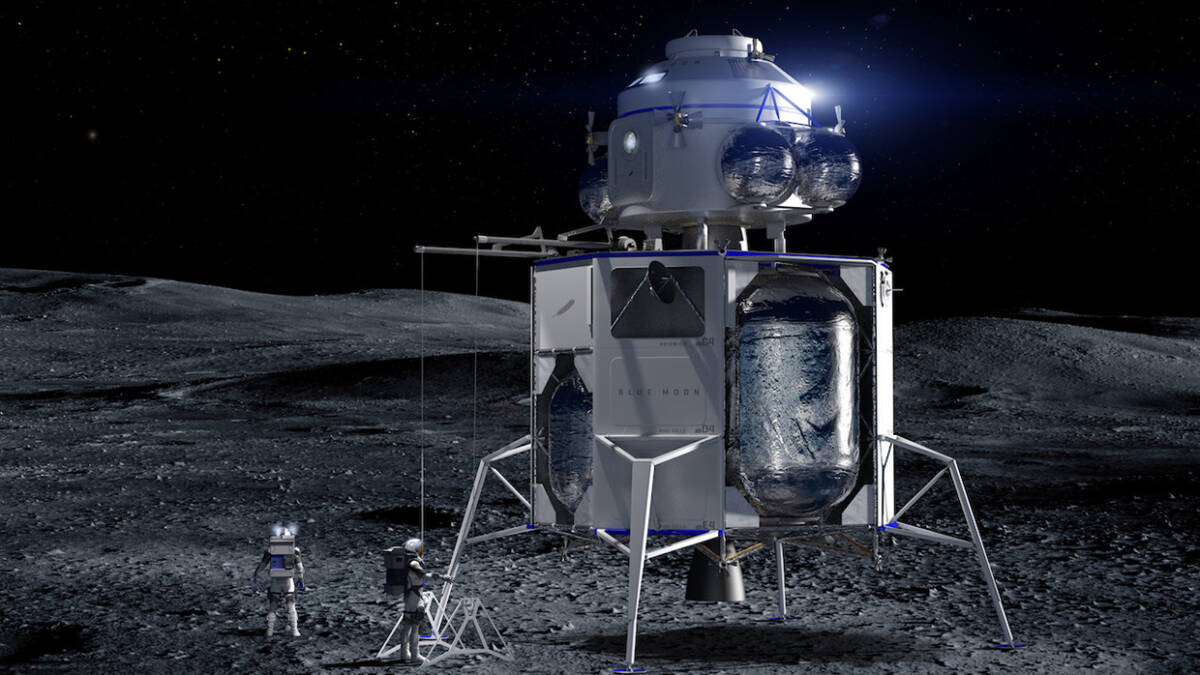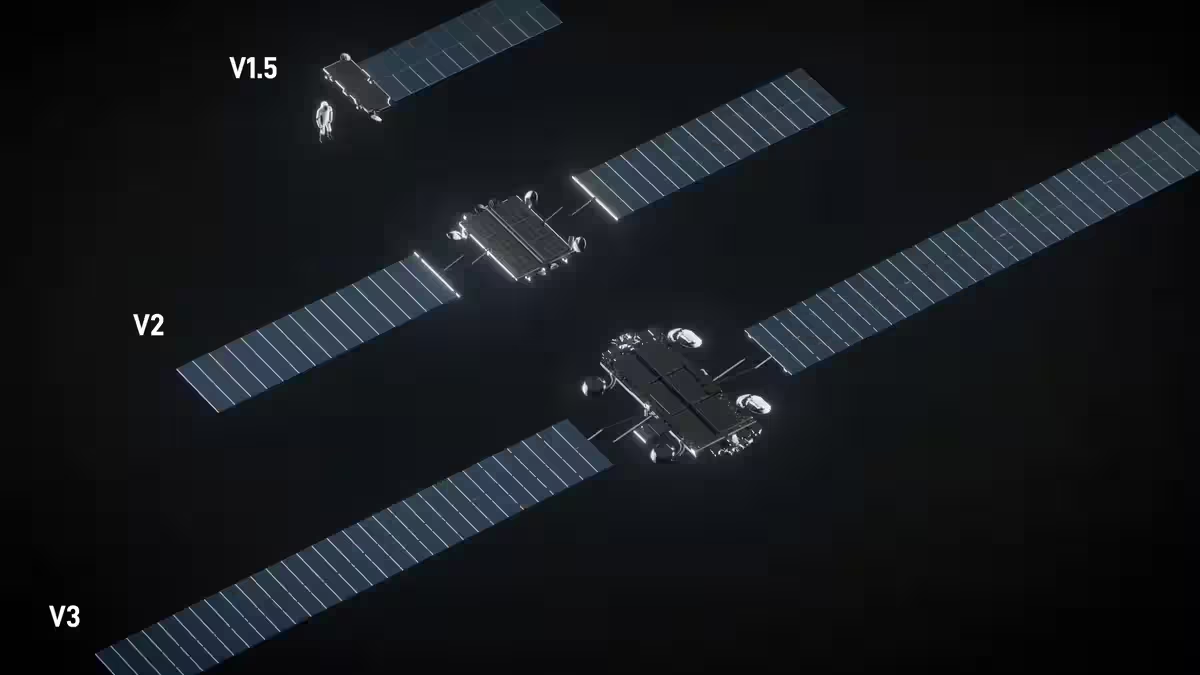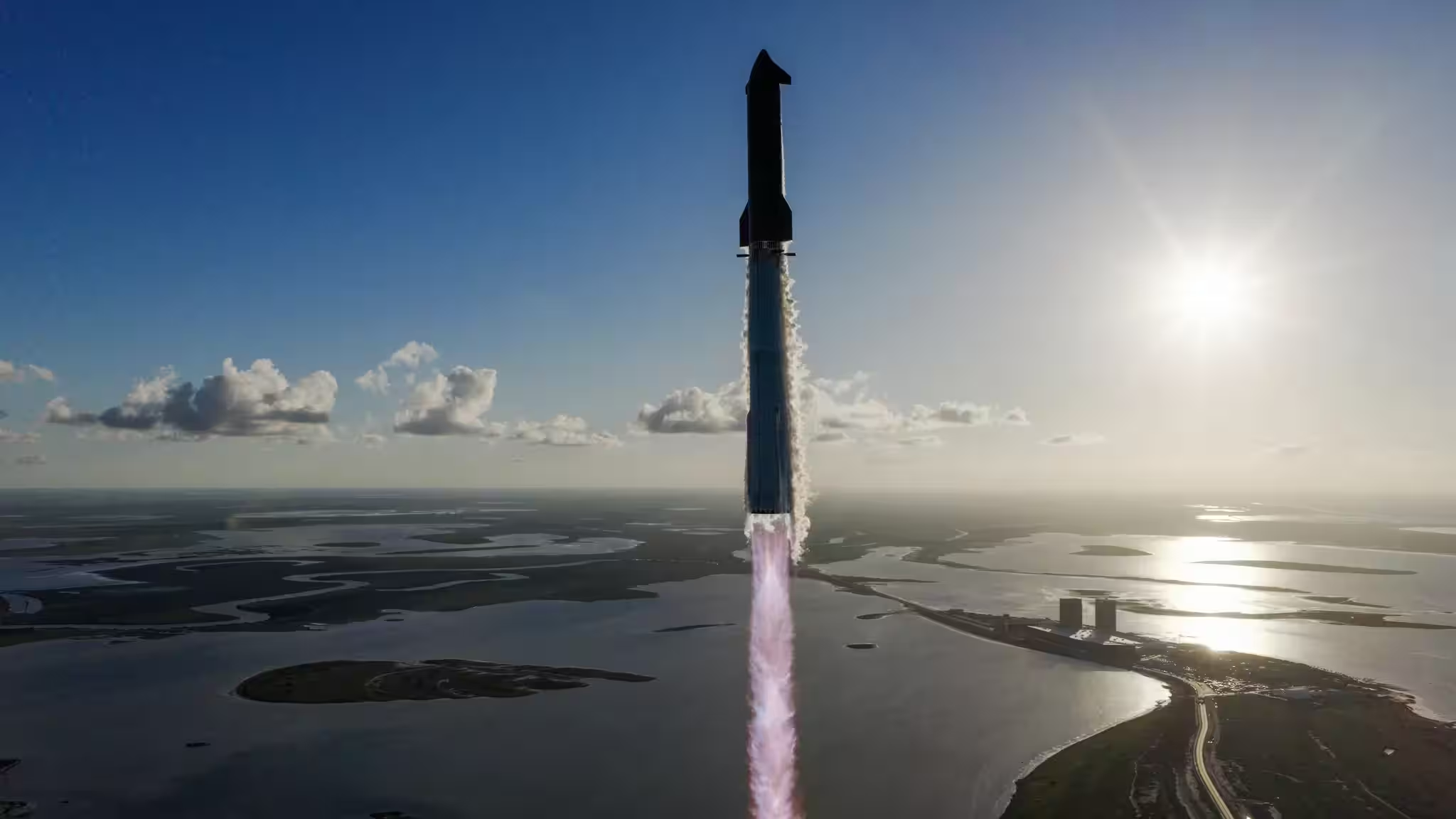The Lucy space probe is preparing for its second approach to an asteroid
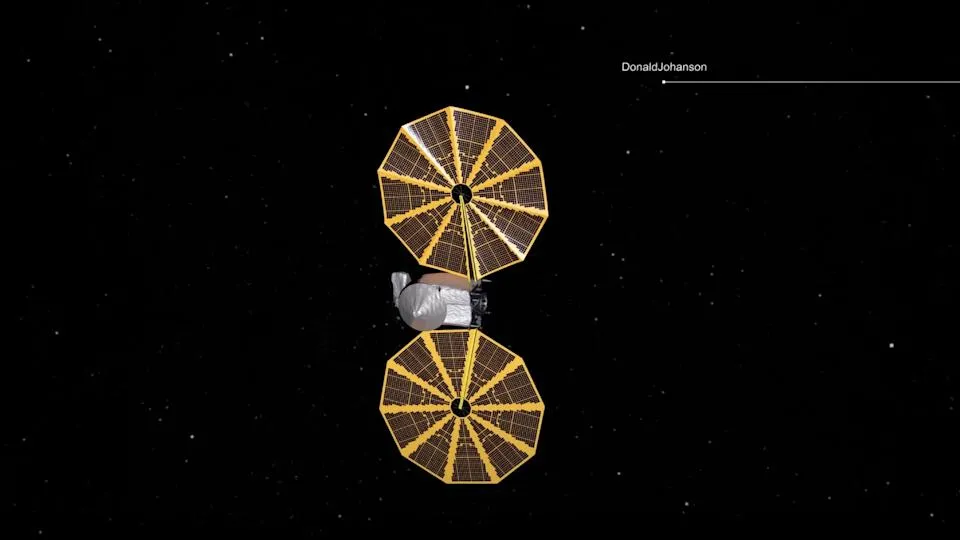
This Sunday, NASA’s Lucy probe will make its second close approach to an asteroid as part of its 12-year mission – this time the object of observation will be asteroid Donaldjohanson, named after the anthropologist who discovered the famous “Lucy” skeleton.
According to NASA, on April 21 at 20:51 Moscow time, the device will pass at a distance of only 960 kilometers from the asteroid, located in the main belt between Mars and Jupiter. During the flyby, the probe will engage three scientific instruments that will provide detailed images and spectral data, tracking the asteroid for several hours. However, just before the maximum approach, the apparatus will have to temporarily stop observing to protect the sensors from sunlight.
This is just one of many flybys planned as part of the massive Lucy mission, which is designed to study the “building blocks” of the solar system – the oldest asteroids that have survived since its formation. The first such rapprochement took place in 2023, when the probe visited the asteroid Dinkinesh. Then scientists were surprised by an unexpected discovery: a small asteroid had a satellite in the form of a contact binary object – as if “fused” between the two bodies.

